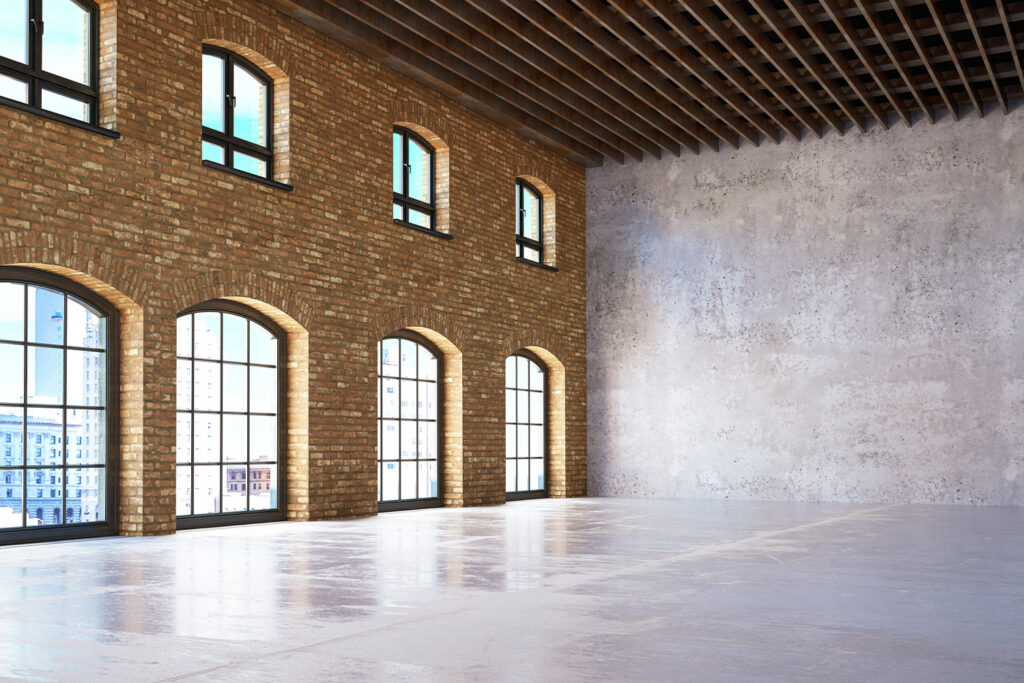Event Recap: Is it ever OK to demolish a building in the 21st Century? Part One
The built environment is a major contributor to the emissions affecting climate change. In particular, the manufacture of steel, glass, and cement – all constituent parts of the built environment – are energy-intensive.
In February 2022 we held part one in our series exploring this thorny topic and discussing whether it’s ever OK to demolish a building in the 21st Century.
Our February panel was chaired by Dr. Sarah Prichard, UK MD and Partner, Buro Happold, the panel of industry experts included Jeremy Randall, Planning Partner, Gerald Eve; Dr. Natasha Watson, Associate Structural Engineer, Buro Happold; Dr. Craig Robertson, Head of Sustainability Allford Hall Monaghan Morris; Elaine Toogood, Head of Architecture, The Concrete Centre. Based on questions submitted by the audience, the conversation was lively and informative.
Watch the full recording and read the key takeaways.
Policy is behind
Jeremy: National policy is behind where it needs to be, but several boroughs have introduced independent policies to seek to retain and reuse buildings. Camden for example, have a policy where you must demonstrate why it’s not possible to retain and improve an existing building before you can then contemplate demolition and redevelopment.
Reuse as first preference
Elaine: It’s now clearly time to re-assess the weighting and value on our long-established assessments to come up with a solution that’s more likely to mean that we would retain.
Craig: We have to be pragmatic about all buildings, we need to tolerate some of the idiosyncrasies of older buildings – we need to accept that some buildings are not optimal and we need to develop new ways of working with them.
Carbon calculations and burden of proof of testing
Craig: There is some certainty missing in current carbon calculations but overlaying on to that the burden of proof of testing a building to see whether we need to demolish it would be a good step. Years ago, when I started my career if we demolished a building the mantra was always ‘the new structure has got to be ‘better’ – ‘better’ was of course subjective, now we must justify new buildings from a carbon perspective too.
Quantifying the unquantifiable
Craig: While there are architectural characteristics such as the practicality of the building, the robustness of it to change and be reused, there are also less tangible elements like the human joy a project brings. That’s a quality that is an important part of our cities and needs to be considered.

The need to incentivise circularity
Jeremy: We can learn from Europe regarding material passports, for example the Dutch Government has introduced tax incentives for developers who registered materials passports. These allow greater information within the supply chain and make it easier to future-proof buildings. Thinking about buildings as ‘material banks’ creates deeper, added knowledge to empower decisions about partial or full demolition, and how planning for the materials to be reused could be made earlier in the equation.
Financial Incentives
Natasha: We have to ask why is VAT at 5% for new build and 20% for refurb? Is it because typically we’ve built our way out of recessions? Is it worth spending all that carbon to do that? I’d want to swap it so that it was 20% VAT for new buildings and 5% for refurb.
Deconstruction over demolition
Natasha: I think one of the key things is who is paying for the deconstruction because it does take longer and it will cost more money. Who’s paying but also who will benefit from this approach? As we develop this thinking across the industry, let’s stop using the word ‘demolition’ – it is a term that should be removed from the industry over time.
Craig: Natasha has touched on some of the barriers we found in a couple of recent projects. Working with a late twentieth Century building, we attempted to deconstruct and unpack all kinds of composite materials, unfortunately, the materials were stuck together and difficult to get those out of the building to reuse them.
Elaine: We should facilitate deconstruction so it doesn’t need to be wholesale, and so we can maximize that reuse. There are plenty of hybrid examples such as to strip it down to the frame add some extra floor space and add some space on the outside too.
Jeremy: The other thing that we have to deal with is the degree of demolition: there’s no one size fits all and, yes, sometimes we look at wholesale demolition and redevelopment, but a lot of schemes consider opportunities for partial demolition or structural frame retention or hybrids.
Industry responsibility
Elaine: Our responsibilities aren’t just about building – it’s about advising, it’s about space planning, it’s about optimizing and it’s about problem solving.
Natasha: We understand how buildings work and we can work with clients so that they understand that a change of use can be achieved with minimal amount of material being added and we should be doing more with that.








